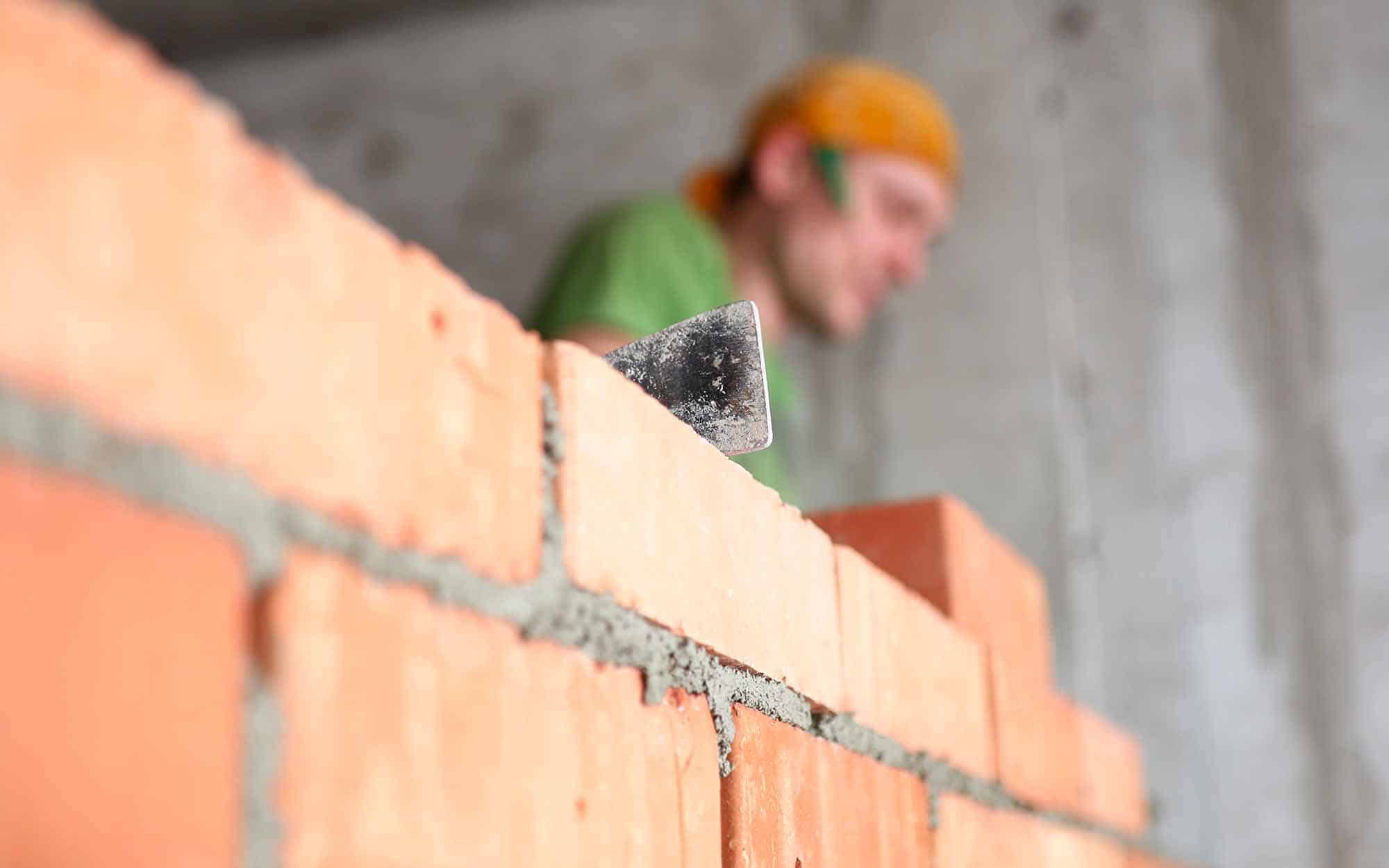Reputable Tuckpointing Services for Restoring Block and Stone Surfaces
Reputable Tuckpointing Services for Restoring Block and Stone Surfaces
Blog Article
Unlocking the Keys of Sustainable Masonry Building And Construction Practices for Eco-Friendly Structures
Among the myriad techniques to environment-friendly building, lasting stonework construction stands out as a tried and true and resilient technique that holds a wealth of untapped capacity. From the option of products to innovative building techniques, the secrets to achieving sustainability within masonry building are complex and intriguing.
Advantages of Sustainable Masonry Building And Construction
Welcoming sustainable stonework construction practices not only reduces ecological influence however likewise supplies long-term financial benefits to contractors and communities. By utilizing products like recycled bricks, obstructs, and rocks, builders can considerably lower the carbon impact of their tasks while promoting resource efficiency. In addition, sustainable stonework building techniques, such as proper insulation and thermal mass residential properties, can boost power effectiveness within structures, resulting in lowered functional expenses over time.
Moreover, the resilience and strength of stonework structures add to long-term financial benefits. Structures created utilizing lasting stonework practices usually require less repair and maintenance, converting to set you back financial savings for builders and homeowner. The long life of stonework products additionally guarantees that frameworks remain stable and protected, lowering the demand for constant restorations or replacements.
Eco-Friendly Masonry Materials
Using green stonework materials is a critical step in the direction of improving the sustainability of construction practices and minimizing environmental impact while making the most of long-term economic advantages. Lasting stonework products are sourced, created, and used in a manner that minimizes general ecological influence. Lasting concrete blocks include recycled aggregates and may feature improved insulation properties, contributing to power performance in buildings.
Furthermore, all-natural materials like adobe, rammed earth, and straw bundles supply excellent thermal mass homes, lowering the need for heating and cooling down energy. These materials are frequently locally available, promoting regional economic climates and minimizing transportation-related carbon emissions. By choosing environmentally friendly stonework products, building projects can substantially decrease their ecological footprint and add to the development of healthier, much more sustainable developed atmospheres.
Energy-Efficient Stonework Methods
Energy efficiency plays an essential role in improving the sustainability of masonry construction practices. One vital energy-efficient masonry strategy is the usage of thermal mass, which involves incorporating dense products like concrete or block right into the building's structure to soak up and store warm.

Advancements in Lasting Masonry
Recent developments in sustainable masonry practices have actually produced innovative techniques that are improving the building industry. One such advancement is the growth of self-healing concrete, which utilizes microorganisms installed within the concrete to heal cracks autonomously. This development not just lowers upkeep prices but also improves the resilience of masonry structures, adding to their sustainability.
One more remarkable development is using recycled accumulations in masonry building - masonry contractor. By integrating products such as crushed ceramic waste or recycled glass right into concrete blends, building contractors can lower the environmental effect of building projects while maintaining architectural stability. This method not just diverts waste from land fills however also conserves natural deposits, making it a key development in sustainable masonry building and construction
Furthermore, the combination of electronic layout tools, such as Building Information Modeling (BIM), is reinventing the means masonry best site structures are intended and built. BIM permits even more specific calculations, decreased material wastefulness, and improved power effectiveness, eventually resulting in more sustainable building practices. These developments jointly signify an appealing future for lasting masonry construction in the era of green buildings.
Future Trends in Masonry Sustainability
With the ingenious strides made in sustainable stonework practices, the future trends in stonework sustainability are positioned to more change the building sector. Among the vital patterns shaping the future of masonry sustainability is the raised integration of innovation. Developments such as Structure Info Modeling (BIM) and virtual truth simulations are being used to maximize masonry building procedures, causing decreased product waste and boosted energy effectiveness in structures.
Additionally, the advancement of unique lasting materials is established to play a substantial role in boosting the eco-friendliness of masonry building and construction. masonry contractor. Developments like self-healing concrete, recycled accumulations, and bio-based binders are acquiring traction for their ability to lessen environmental effect while keeping architectural integrity

Verdict
To conclude, lasting stonework building methods use various advantages for environment-friendly buildings. By making use of green products and energy-efficient techniques, stonework can add to an extra lasting developed atmosphere. Developments in lasting stonework are continuously being established to even more enhance the environmental efficiency of buildings. Looking towards the future, the pattern of masonry sustainability is expected to expand, resulting in even more ecologically friendly and energy-efficient building and construction methods in the years ahead. page
Report this page